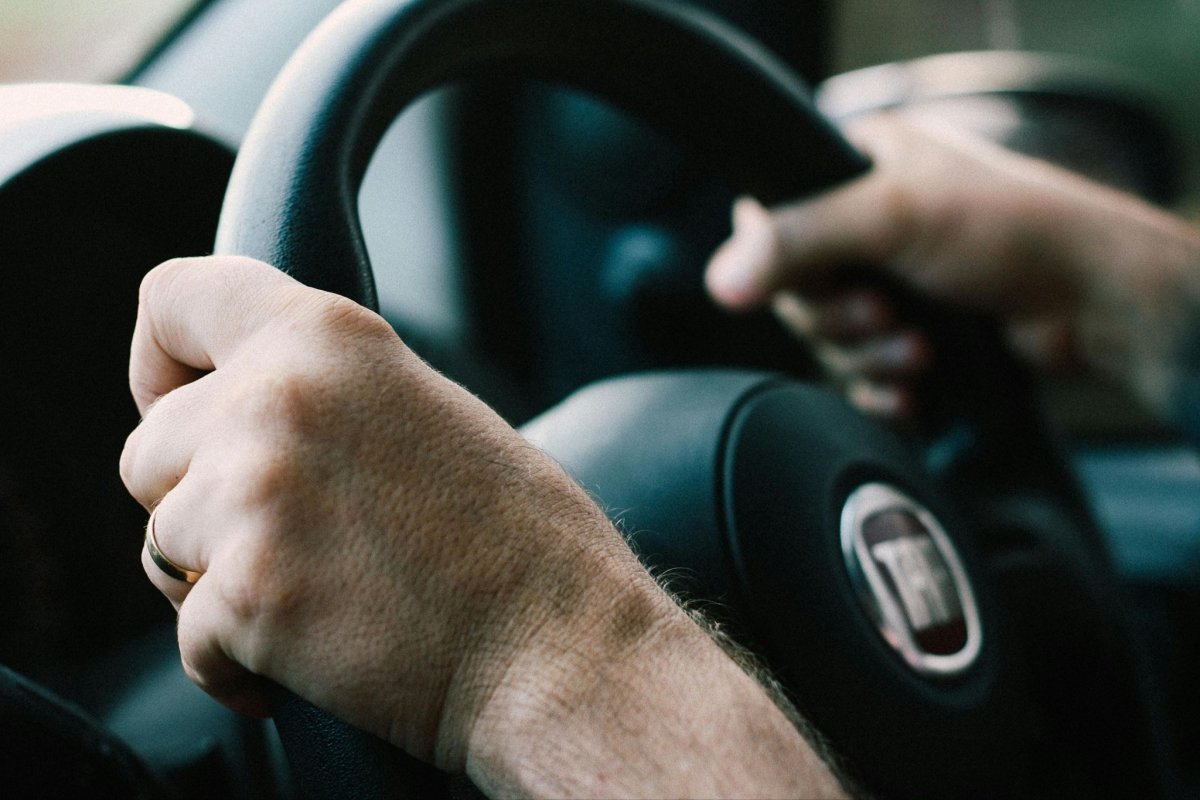
Speed cameras on two main bridges have turned them into major fine generators—pulling in more than $870,000 in speeding fines in just six months.
But behind those jaw-dropping numbers lies a national story about how Australia’s growing obsession with speed cameras is changing the way we drive.
And it raises one burning question—are these fines actually making our roads safer, or just filling government coffers?
Speed cameras on Hobart’s newly opened Bridgewater Bridge have wasted no time flashing their lights and printing out fines.
In August alone, nearly 1,000 drivers were caught going over the limit, racking up $132,276 in penalties—about 20 times more than the $6,754 monthly cost to keep the cameras running.
Meanwhile, the Tasman Bridge’s camera system has been even busier, recording 5,850 speeding incidents between March and August and collecting $739,637 in fines.
June stood out as the worst month, with 1,150 drivers fined a total of $138,744.
These two bridges alone have generated enough in fines to make any motorist think twice before putting their foot down.
Across the country, similar numbers are piling up.
In 2024, more than 3.3 million speeding fines were issued across Australia, with Victoria leading the pack after its road safety camera program hit a record-breaking 1.7 million fines in a single year.
New South Wales followed with more than 900,000 fines, while Queensland tripled its traffic fine revenue to $464.3 million in 2023–2024.
NSW drivers alone contributed $233.6 million in speeding penalties during the same period.
Put simply, Australian governments are collecting more from speeding fines than ever before.
What makes Tasmania’s figures stand out is how sharply they contrast with the habits of older drivers, who are typically the most cautious on the road.
Studies show that 35.9 per cent of drivers aged 68 to 77 tend to drive slightly under the speed limit—a statistic that makes the rising number of fines even more surprising.
'No level of speeding is safe, but the number of offences being detected is completely unacceptable.'
Despite the record fine revenue, Australia’s road toll is climbing.
In the 12 months to August 2025, 1,353 people lost their lives on the nation’s roads—the highest toll since 2010.
Experts warn that governments may be relying too heavily on speed cameras as a one-size-fits-all solution while neglecting other lifesaving measures such as better road design, targeted policing, and faster emergency response times.
The $786 million Bridgewater Bridge, for instance, became a hotspot for hoon behaviour almost immediately after opening, with drivers performing burnouts within hours.
Officials condemned the acts as ‘selfish and reckless,’ yet the incident highlights a growing debate about whether increased fines truly address the causes of unsafe driving.
For older Australians, the financial risk of being caught even slightly over the limit can be severe.
In New South Wales, exceeding the speed limit by 45km/h or more can lead to a $2,959 fine, six demerit points, and an automatic six-month licence suspension.
In South Australia, similar offences can cost nearly $2,000, while Queensland’s new mobile phone detection cameras impose $1,209 fines and four demerit points.
Protecting your licence and wallet
- Check your speedometer regularly, especially on bridges and major roads
- Allow extra travel time to avoid feeling pressured to speed
- Be aware that modern cameras can detect multiple offences simultaneously
- Consider whether your medication affects your driving awareness
- Remember that even 5–10km/h over the limit can result in significant fines
The technology driving this crackdown is far more advanced than most drivers realise.
Tasmania’s bridges are now equipped with Sensys Gatso monitoring systems, replacing outdated 1990s-era cameras and delivering a dramatic boost in detection accuracy.
Across Australia, AI-enhanced cameras are being used to identify drivers using mobile phones, while average-speed cameras are expanding beyond trucks to include all vehicle types.
In other words, behaviours that once went unnoticed are now easily caught—and costly.
And it’s not slowing down anytime soon.
Queensland expects its traffic fine revenue to climb to $912 million by 2025–2026, while federal authorities are pushing to halve road deaths by 2030 and eliminate them entirely by 2050.
Part of that plan includes the controversial proposal to reduce rural speed limits from 100km/h to as low as 70km/h, depending on the road type, with public consultation extended to 10 November.
Tasmania’s bridge fines might look like a local story, but they’re part of a nationwide shift toward technology-driven enforcement.
Whether it’s truly saving lives—or simply punishing more drivers—remains a point of fierce debate.
For older motorists, particularly those living on fixed incomes, staying vigilant behind the wheel has never mattered more.
Even the smallest lapse in concentration could now mean hundreds of dollars lost, a suspended licence, or worse.
If you thought speed cameras were strict, wait until you see what AI-powered cameras are catching on our roads—this video shows just how far the technology has come and why so many drivers are being fined without even realising it.
Watch the shocking footage and see what these cameras have caught in action—you won’t believe what some drivers were doing behind the wheel!
What This Means For You
In just six months, Tasmania’s two main bridges pulled in a staggering $870,000 in speeding fines, part of a national surge that’s seeing record-breaking revenues across multiple states. Despite this boom in fines, experts warn it hasn’t led to safer roads—Australia’s road toll continues to rise, reaching its highest level in more than a decade.
For everyday drivers, especially those who pride themselves on being careful and experienced behind the wheel, the message is clear: even a small lapse in focus can now carry a heavy price. Staying alert, double-checking your speed, and giving yourself extra time on the road could be the difference between a smooth trip and an expensive mistake.
If the rise in speeding fines has left you wondering whether road enforcement is becoming more about revenue than safety, you’re not alone.
Another recent story has sparked similar debate, this time over how new seatbelt rules are catching drivers off guard and costing them more than they expected.
It’s a reminder that even the smallest oversight behind the wheel can now lead to big financial consequences.
Read more: Are the new seatbelt fines fair? Drivers say the system is flawed and it's costing them big
Police enforcement | National Road Safety Data Hub — Provides official national data showing 3.3 million speeding fines were reported across Australia in 2024, indicating a continued enforcement trend since 2021.
Australia’s road toll climbs despite record speeding fines | CarExpert — Reports that Victoria issued a record 1.7 million fines, with Australia’s overall road toll rising to its highest level since 2010 despite increased enforcement.
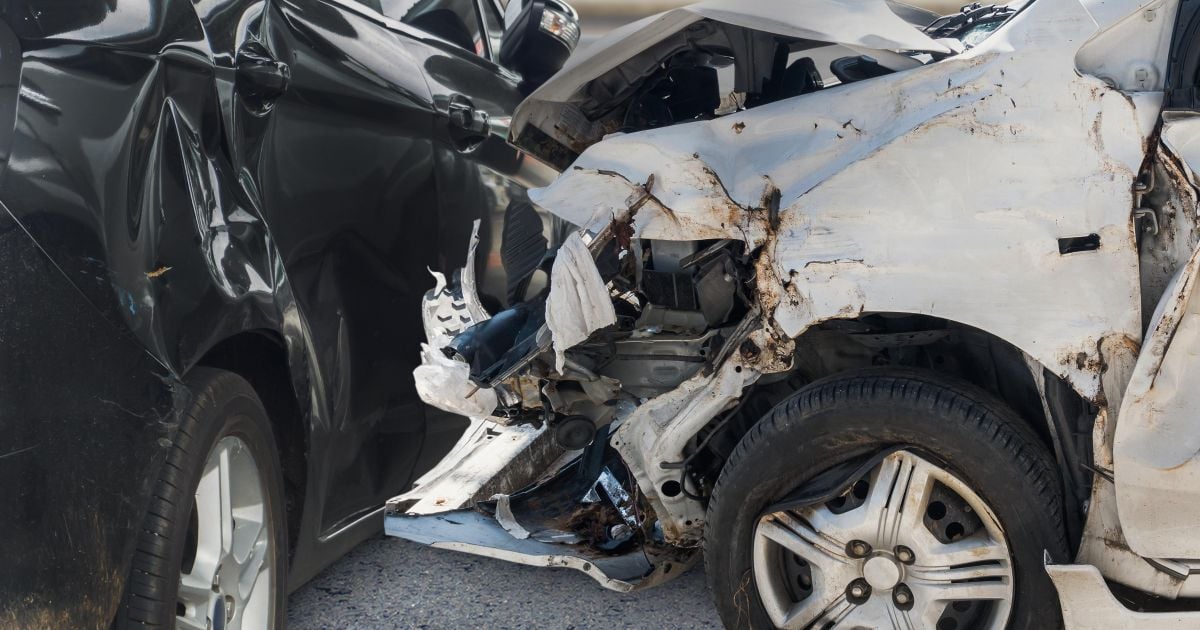
Australia’s road toll climbs despite record speeding fines
Heavier fines and new road rules coming into force from July 1 | CarExpert — Details Queensland’s tripled fine revenue of $464.3 million and the rollout of stricter penalties and AI camera systems nationwide.
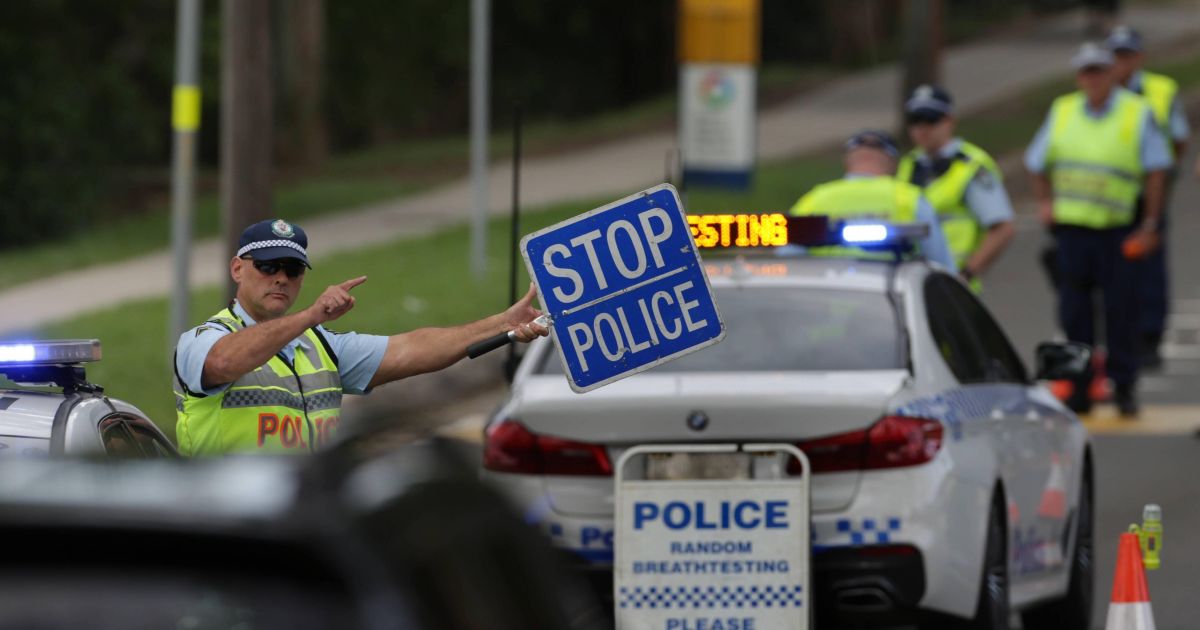
Heavier fines and new road rules coming into force from July 1
Speeding Statistics Australia—Facts, Fines, Cameras & Accident Stats | CarsGuide — Confirms NSW’s 873,472 speeding infringements in 2023–24, totalling $233.6 million in fines.
Speeding Survey and Statistics 2024 | Budget Direct — Reveals that 35.9 per cent of drivers aged 68 to 77 drive slightly under the speed limit, highlighting the caution of older motorists.

Speeding Survey and Statistics 2024 | Budget Direct
Average speed camera fines coming into effect in this Australian state | CarExpert — Explains that NSW drivers exceeding the limit by 45km/h face $2,959 fines and licence suspensions, while average-speed cameras now monitor all vehicle types.
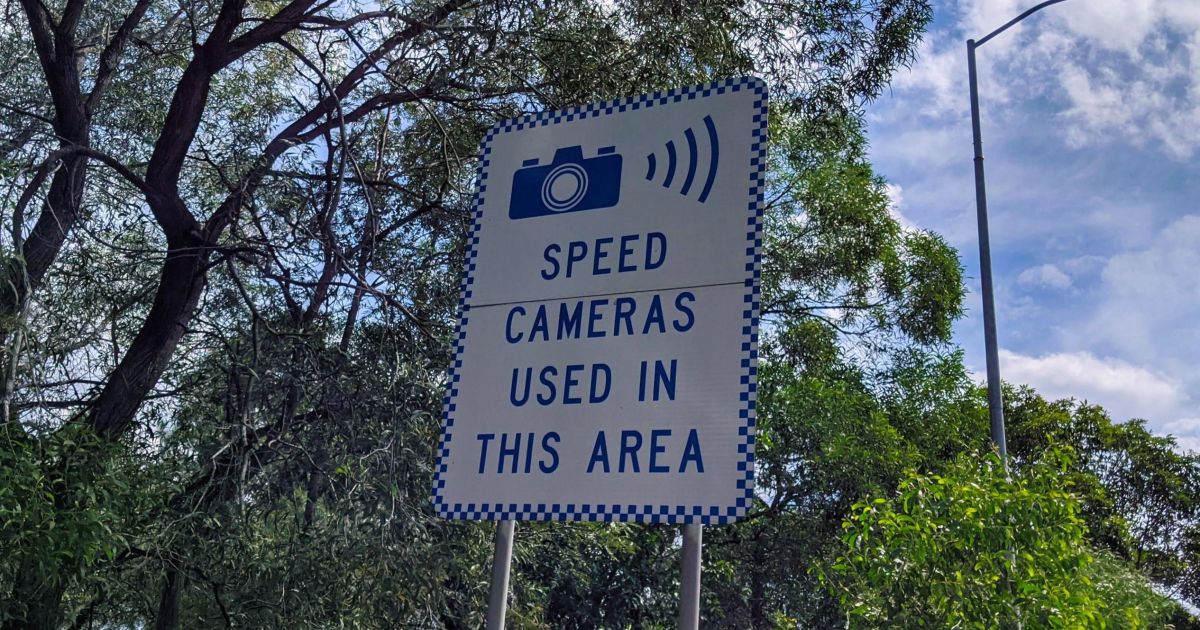
Average speed camera fines coming into effect in this Australian state
Australian state set to increase driving fines within months | CarExpert — Notes Queensland expects traffic fine revenue to rise to $912 million by the 2025–26 financial year.
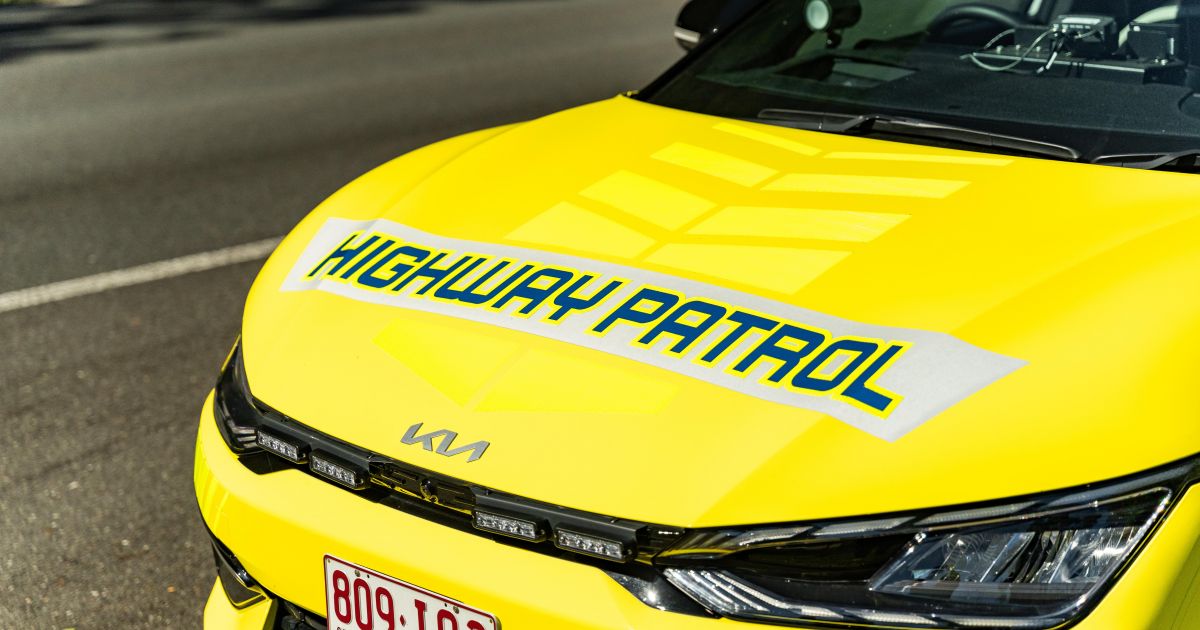
Australian state set to increase driving fines within months
What do you think—are speed cameras protecting lives, or just punishing drivers who make minor mistakes?







